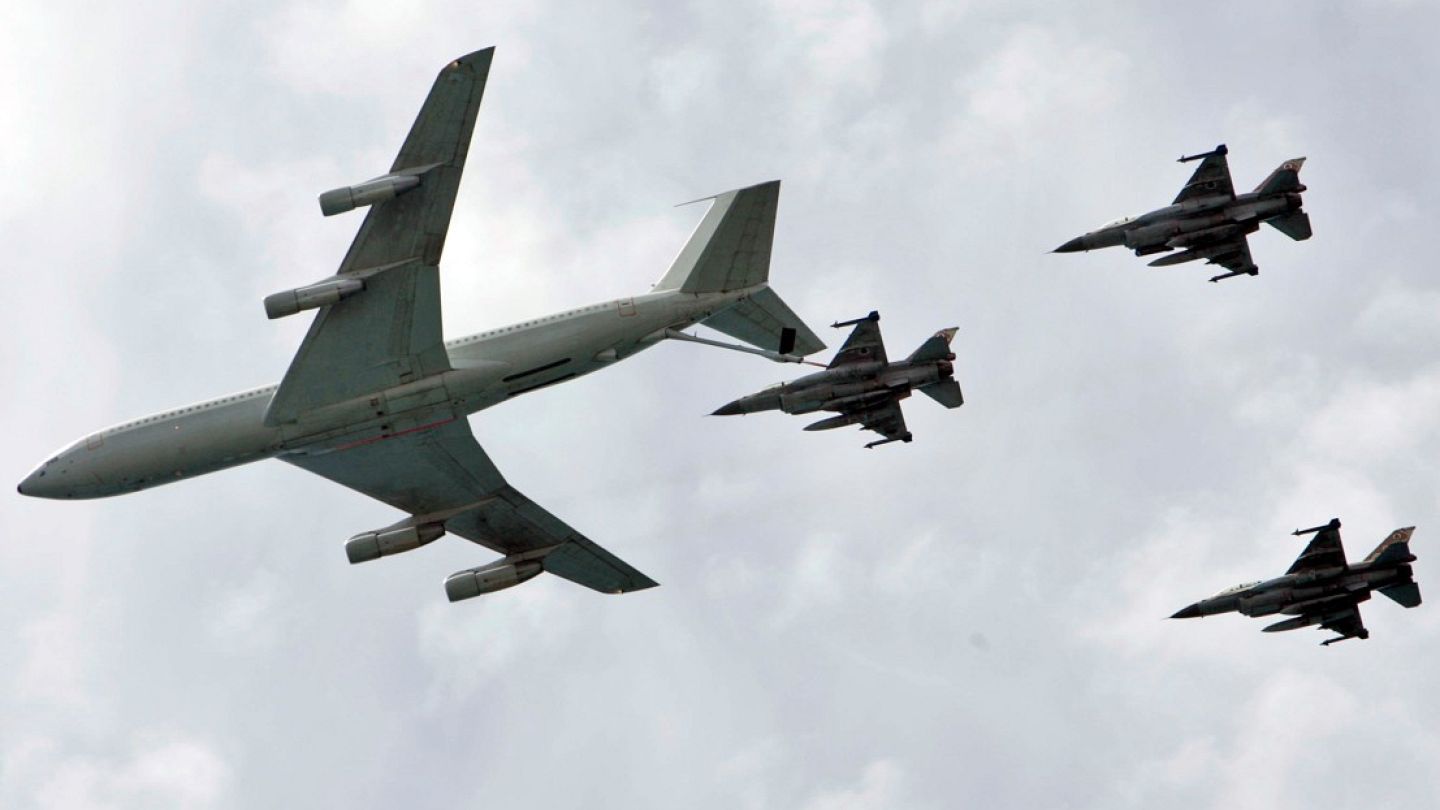After latest strike on Arak, what damage have Israeli attacks caused to Iran's nuclear programme?
Israel attacked Iran's Arak heavy water reactor, causing no civilian damage. The strikes targeted major nuclear sites and killed 14 Iranian scientists.
On Thursday morning, Israel attacked Iran's Arak heavy water reactor, one of the country's largest nuclear facilities, located 250 kilometres southwest of the capital Tehran.The facility had been completely evacuated, with no damage to the civilian areas surrounding the reactor, according to Iranian sources.According to the US non-profit Missile Defence Advocacy Alliance, the Arak nuclear reactor, also known as IR-40, is a heavy-water nuclear reactor that began operating in 2003. However, its design origins are unclear, with foreign experts believed to have contributed to its construction, including the Russian design firm Nikit.Reports indicate that Iran sought to present the reactor as "not to be used to produce nuclear material of military purity", but it was capable of producing about 9 kilograms of plutonium, raising US concerns that this could enable Tehran to manufacture a plutonium-based nuclear weapon.After signing the Iran nuclear deal in 2015, the international community conditioned the modification of the Arak reactor on the lifting of sanctions.In 2016, Iran announced that it had filled the reactor core with cement. However, in February of the same year, Tehran exceeded the maximum permissible heavy water stockpile limit for the first time, a limit that was also surpassed again in November 2016.In addition, Tehran transferred more than 80 metric tonnes of heavy water, formerly intended for the Arak reactor, to Oman. Although Iran still has control over this quantity, its cross-border transfer was not considered a breach of the agreement.What else has Israel hit in its strikes on Iran's nuclear facilities?In one of Israel's extensive military attacks on Iran, the strikes which began last Friday targeted critical nuclear sites, severely damaging its nuclear programme, according to multiple reports, the International Atomic Energy Agency (IAEA) data and recent satellite imagery.The strikes targeted three major uranium enrichment sites across the Middle Eastern country.At Natanz's central underground facility, the electrical infrastructure was reportedly completely destroyed, including backup power plants, leading to the possible damage or destruction of thousands of centrifuges, as confirmed by IAEA Director General Rafael Grossi.At the same site, a smaller near-surface facility, the PFEP pilot plant, was declared completely destroyed. It contained advanced centrifuges that enriched uranium up to 60%.No visible damage was reported to the Fordow bunker facility. However, Fordow produces the most significant amount of uranium enriched to 60%, which is a few simple steps away from reaching the level of making a nuclear bomb.Four further sites were targeted in Isfahan, including a uranium conversion centre and facilities to work on uranium metallurgy technology, which is essential for making the core of a nuclear weapon.The centrifuge production workshops in Karaj and Tehran, also struck in Israeli attacks, were previously monitored by the IAEA, but the number of remaining undeclared workshops is unknown.Furthermore, at least 14 Iranian nuclear scientists have been killed since the attacks began, according to multiple sources in the region. The Israeli military said nine of them were a "key element" in Tehran's pursuit of a nuclear weapon.According to IAEA estimates as of Tuesday, Iran has enough uranium enriched up to 60% to make up to nine nuclear bombs. It also has further uranium enriched to a lesser degree that could be used to produce additional bombs.Tehran has announced that it will take "undeclared" measures to protect nuclear material and equipment and may reduce co-operation with the IAEA, while Iran's parliament is considering a bill to withdraw from the Nuclear Non-Proliferation Treaty (NPT), following North Korea's example.If the uranium conversion facility in Isfahan goes offline, Iran will have to find external sources of uranium hexafluoride (UF6), the key ingredient in the enrichment process.


